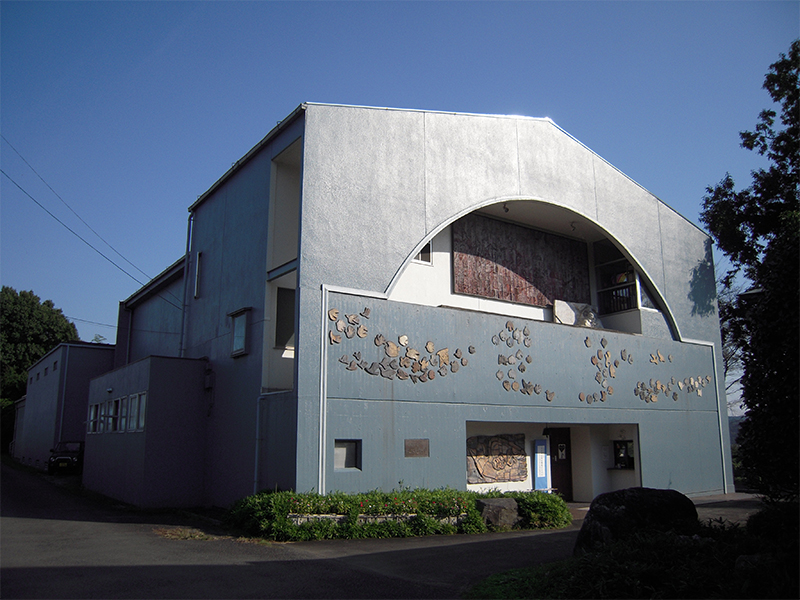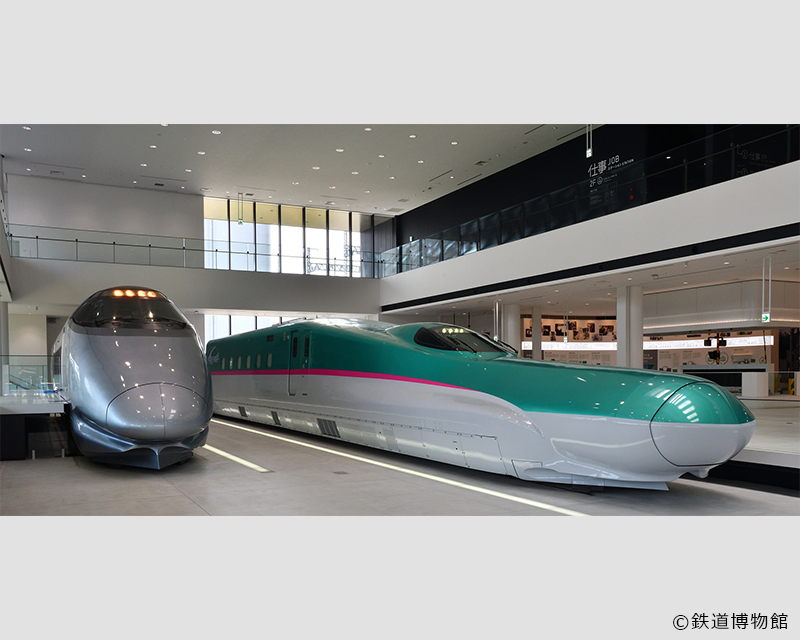Maruki Gallery for the Hiroshima Panels
sightseeing
Maruki Gallery for the Hiroshima Panels was built by the collaborative husband and wife artists, Toshi and Iri Maruki, to create a place to exhibit their work "The Hiroshima Panels," 15 panels depicting the effects of the atomic bombings of Hiroshima and Nagasaki. In 1966, they moved to Shimogarako, Higashimatsuyama City, opened the Maruki Gallery for the Hiroshima Panels the following year, and then spent more than 30 years completing all 15 panels. The museum also holds special themed exhibitions, lectures, concerts, and other events on the theme of life and war.
Basic Information
Location
1401 Shimogarako, Higashimatsuyama City
TEL
0493-22-3266
FAX
0493-24-8371
Home page
Business hours / Fee
Business hours
March-November 9: 00-17: 00,
December-February 9: 30-16: 30
December-February 9: 30-16: 30
Regular holiday
Every Monday (the next weekday if it is a national holiday), December 29th-January 3rd
Fee
Adult 900 yen, Under 18 years old 600 yen, Elementary school student 400 yen
How to get there
Public transport
From Higashi Matsuyama Station on the Tobu-Tojo Line, get off at "Maruki Museum Higashi", a city circulation bus Karako course (closed on Sundays and holidays), and walk for about 15 minutes.
Car
About 10 minutes from the Higashimatsuyama IC on the Kan-Etsu Expressway
Parking
Free












